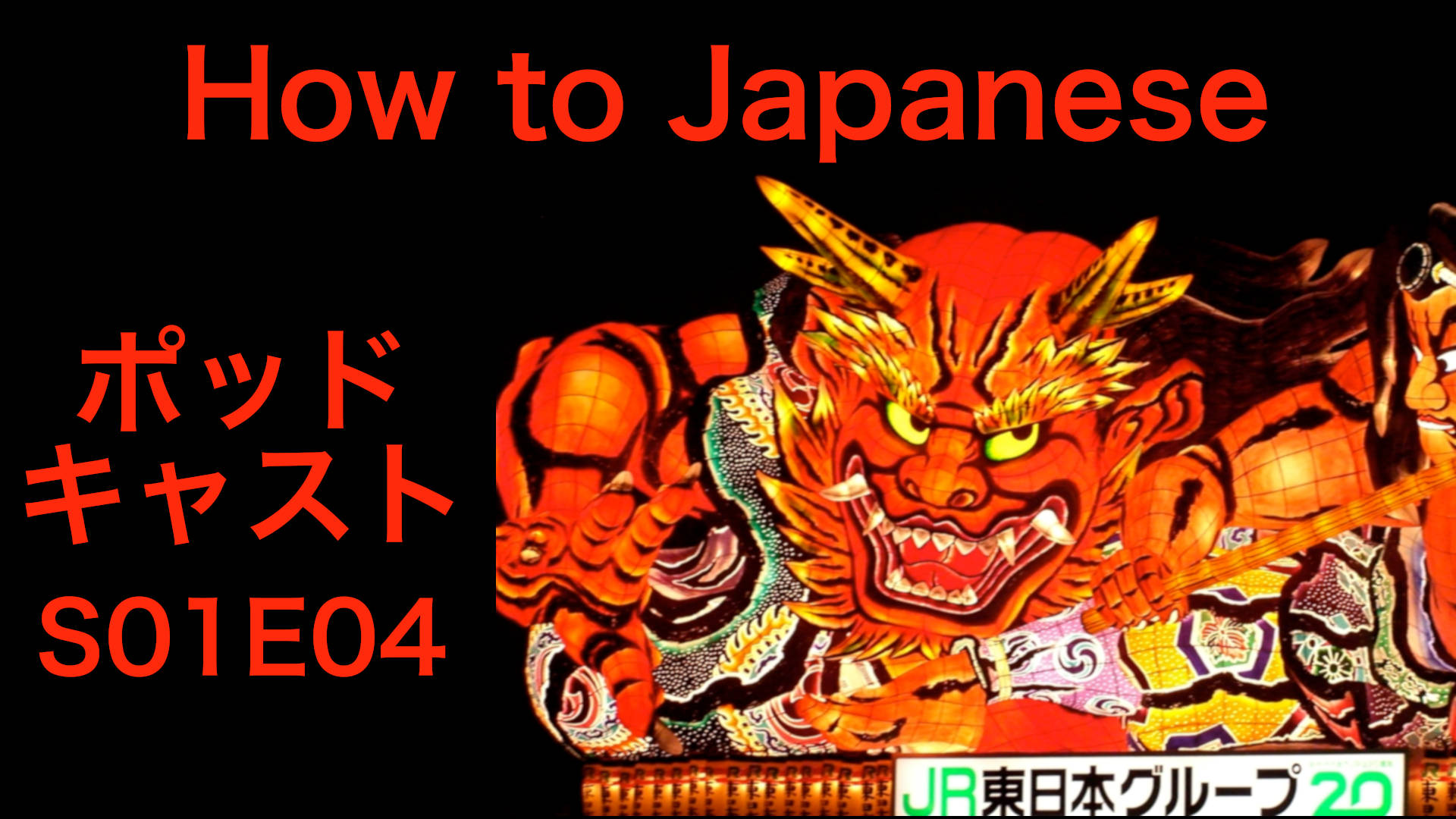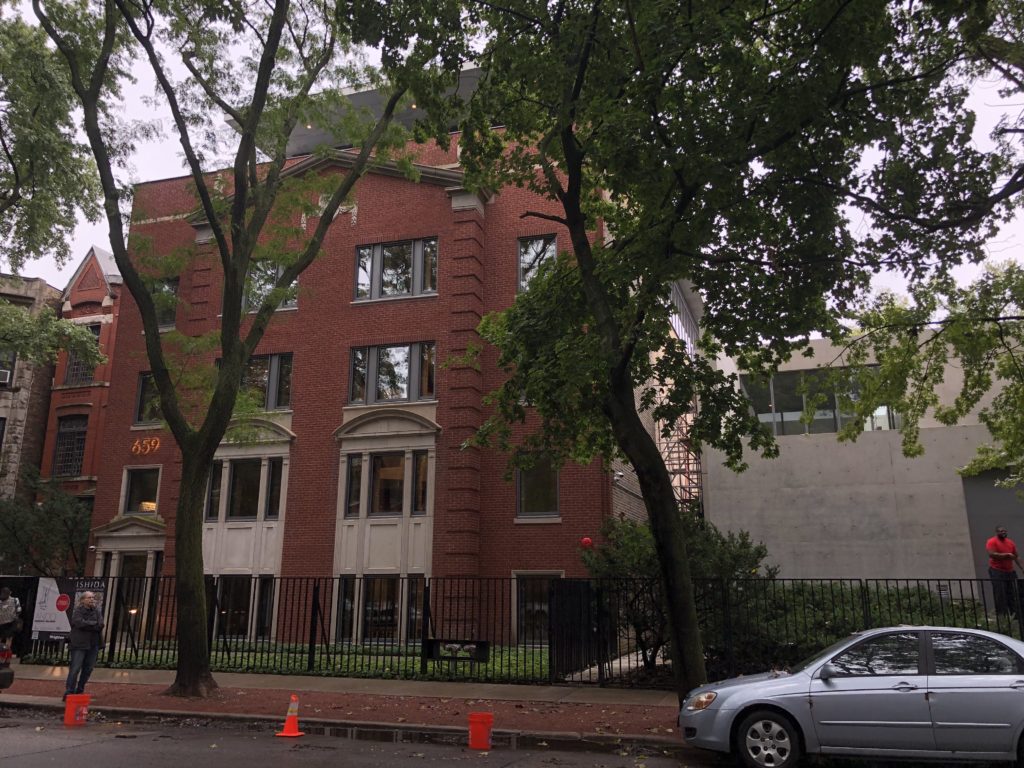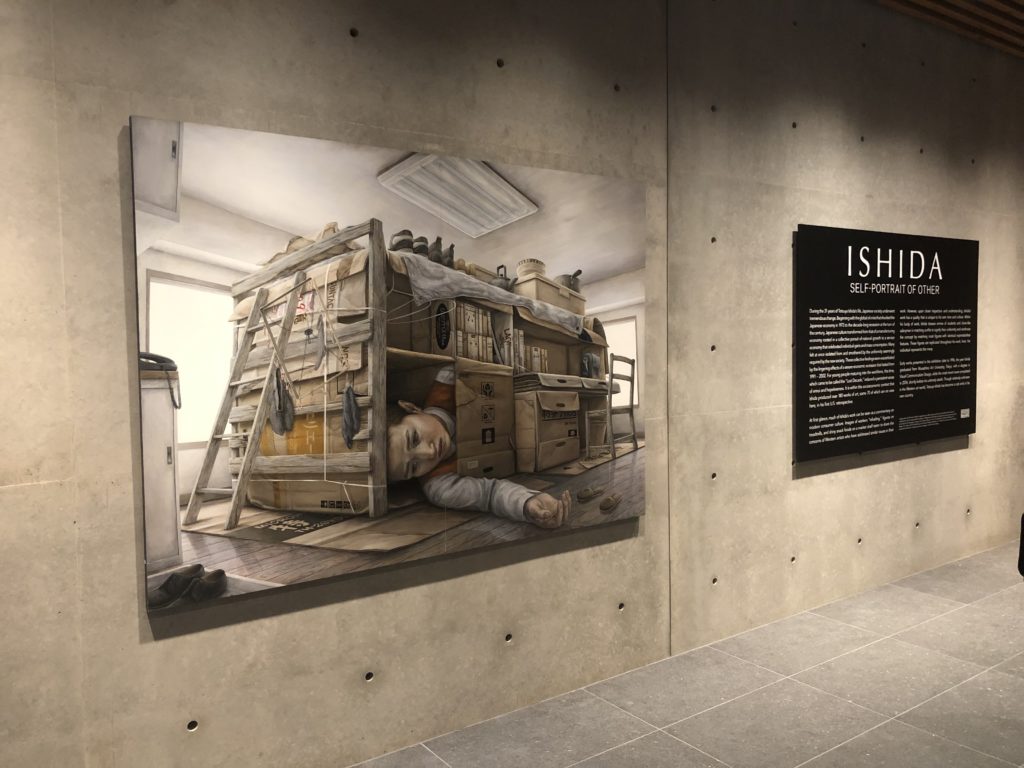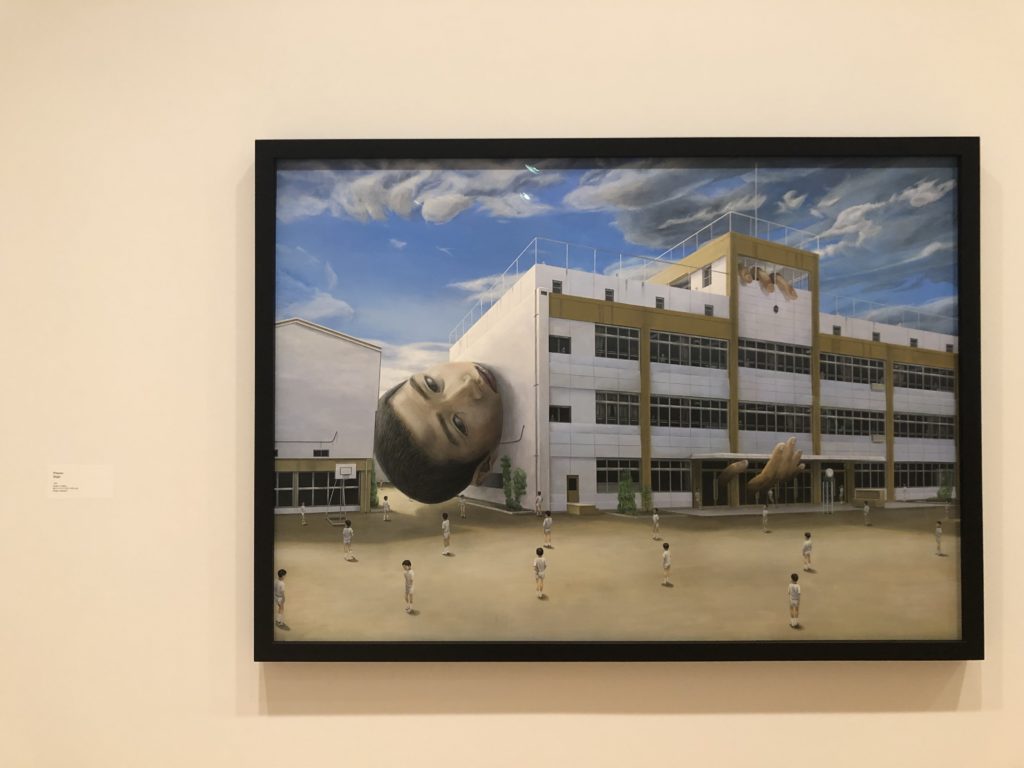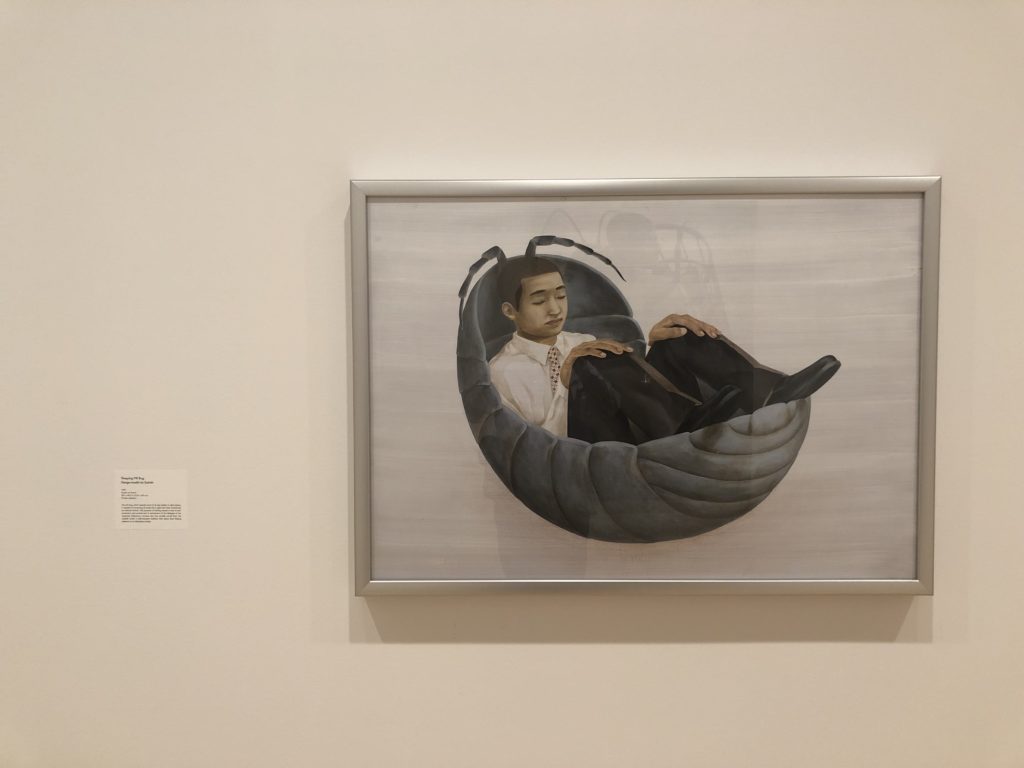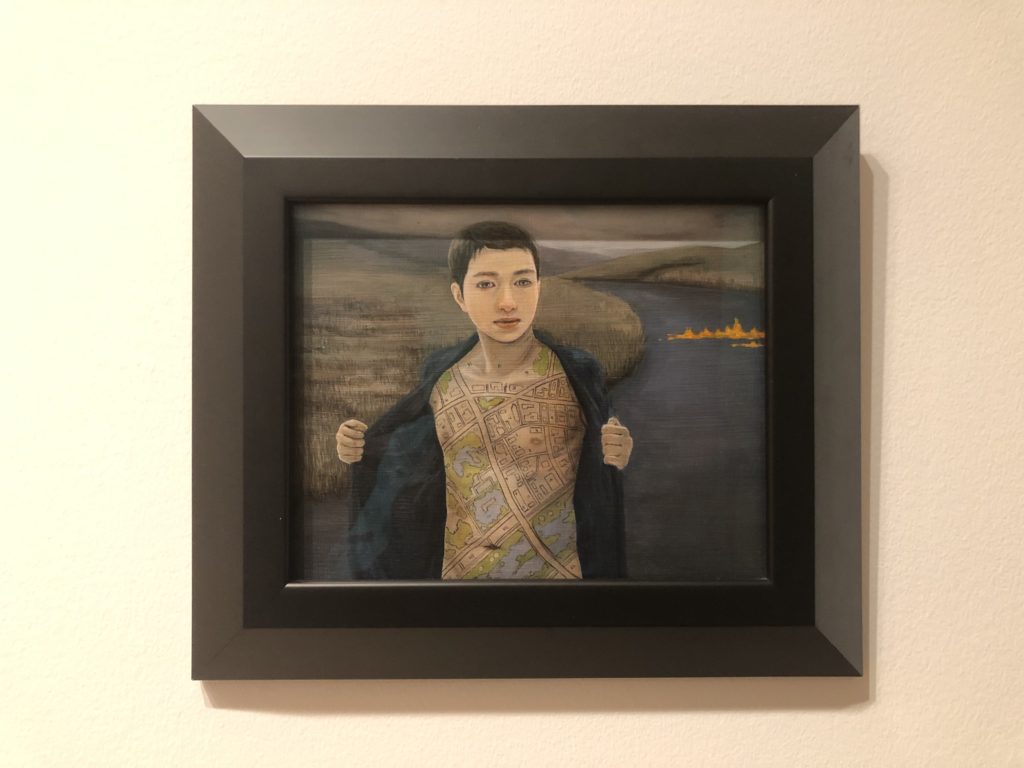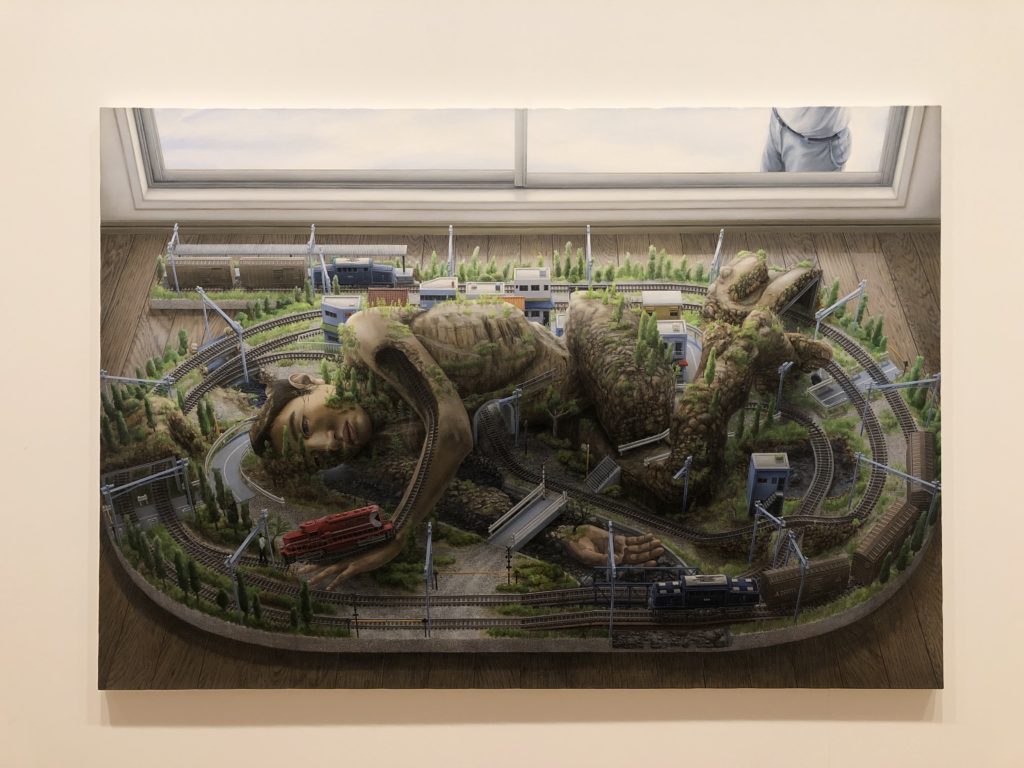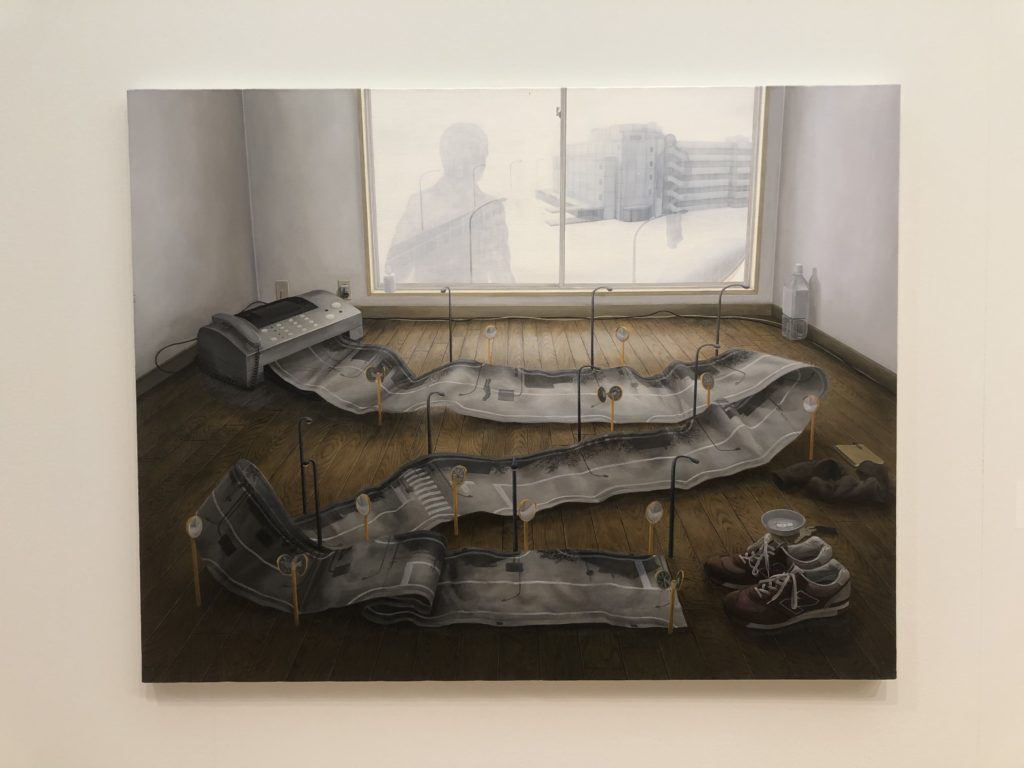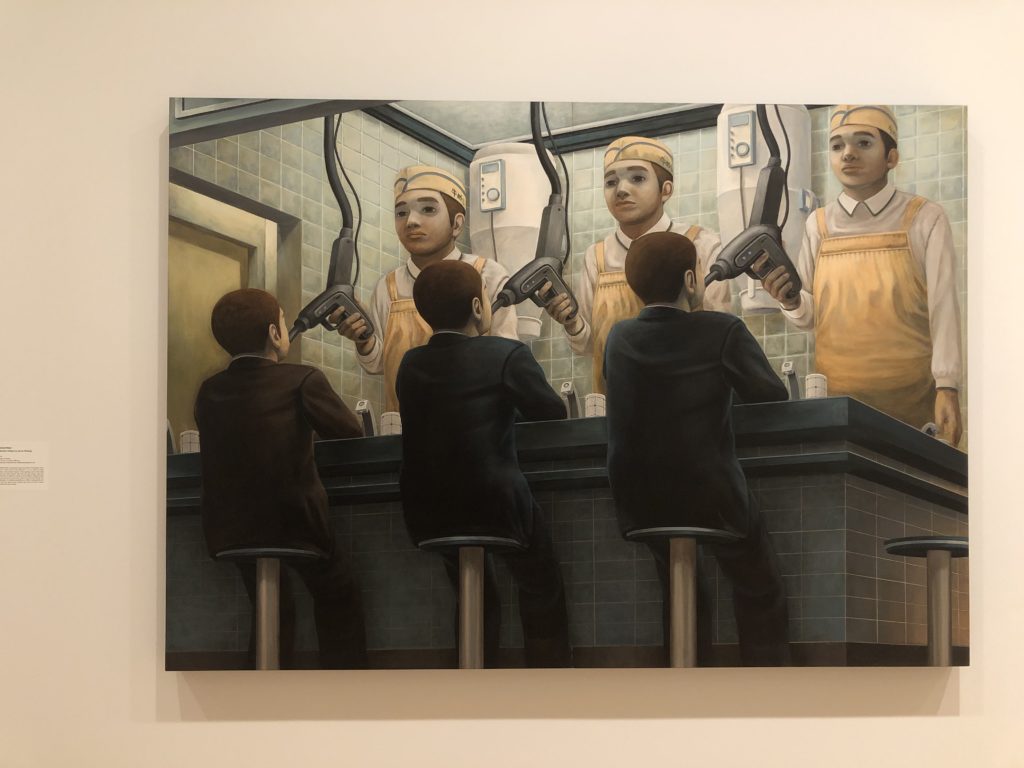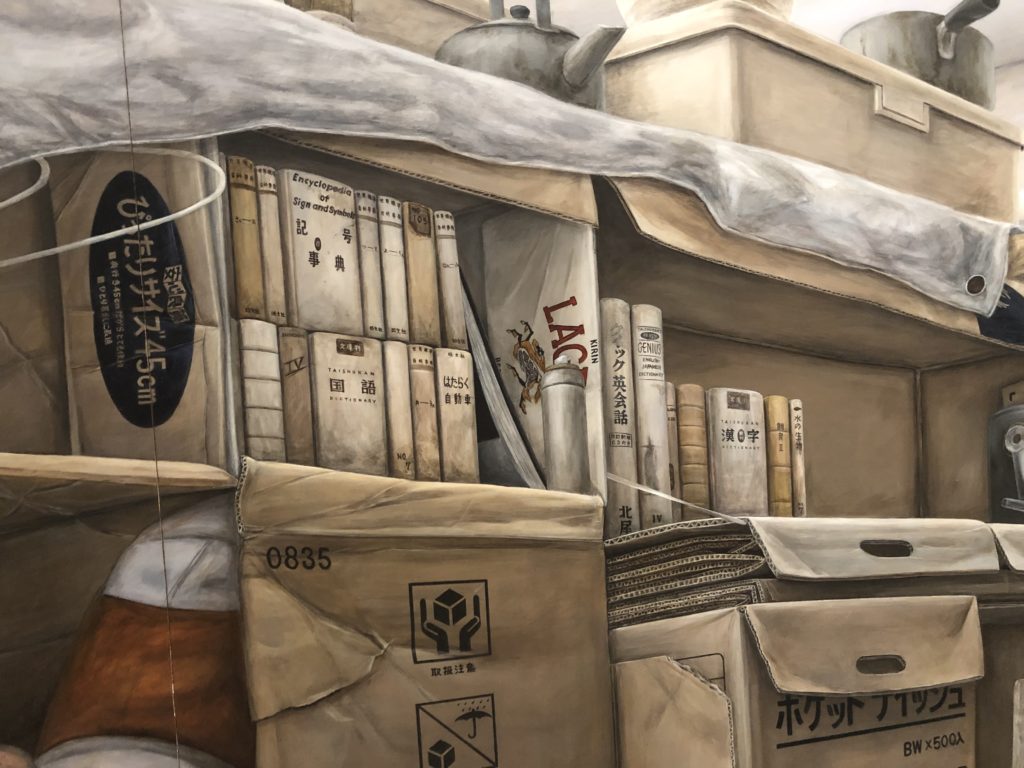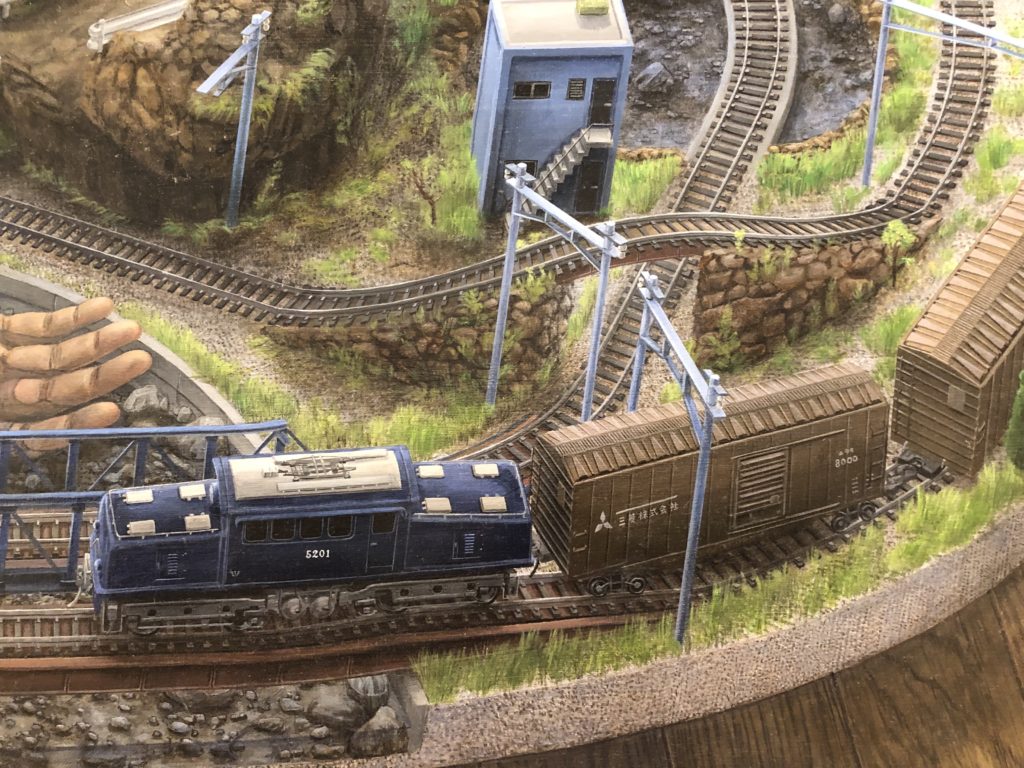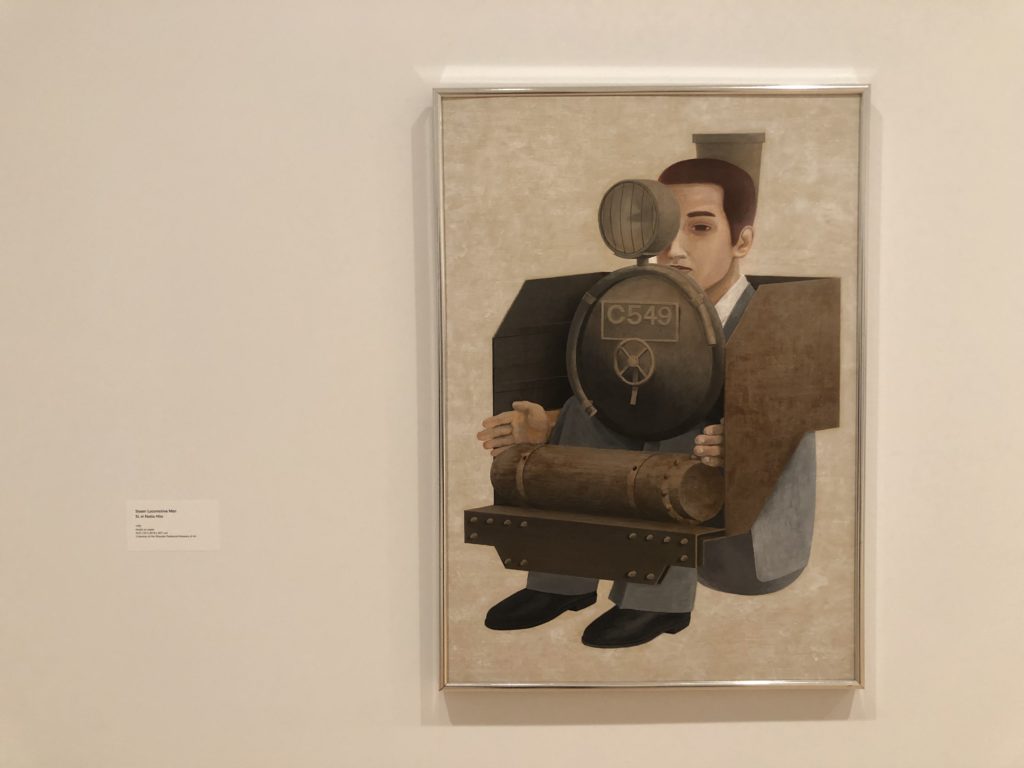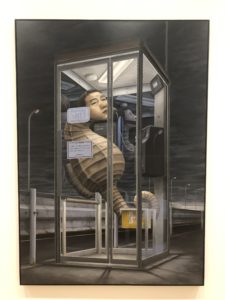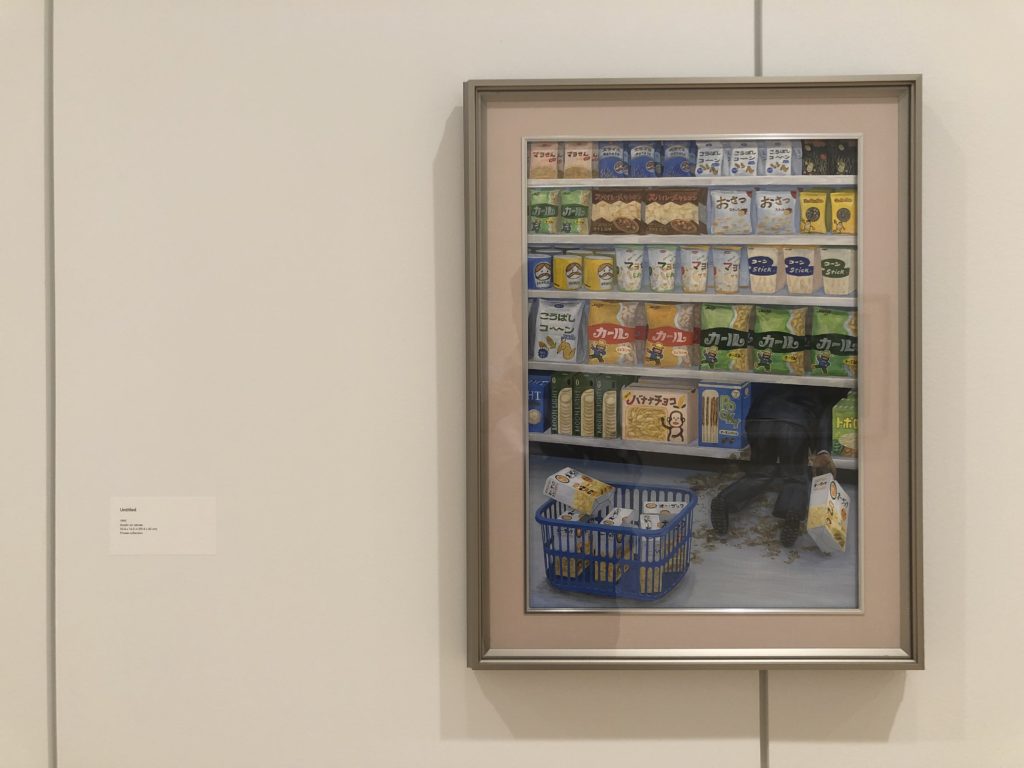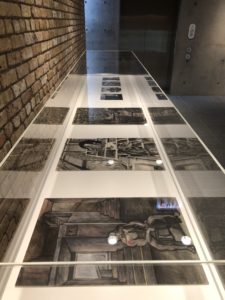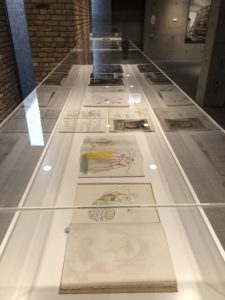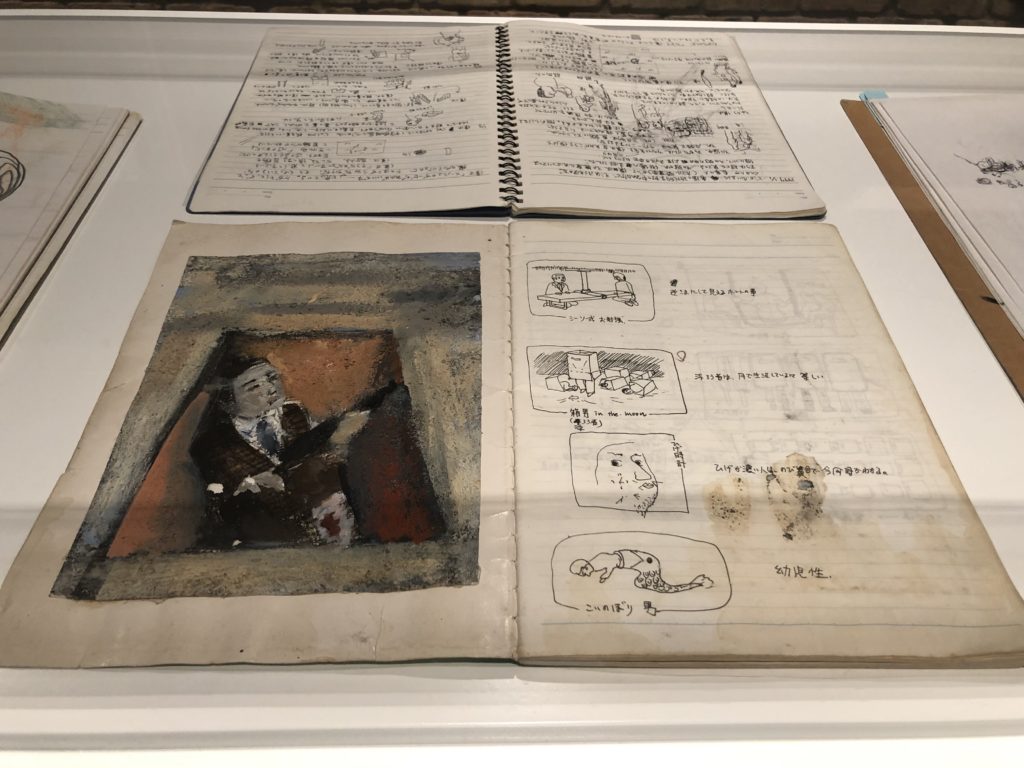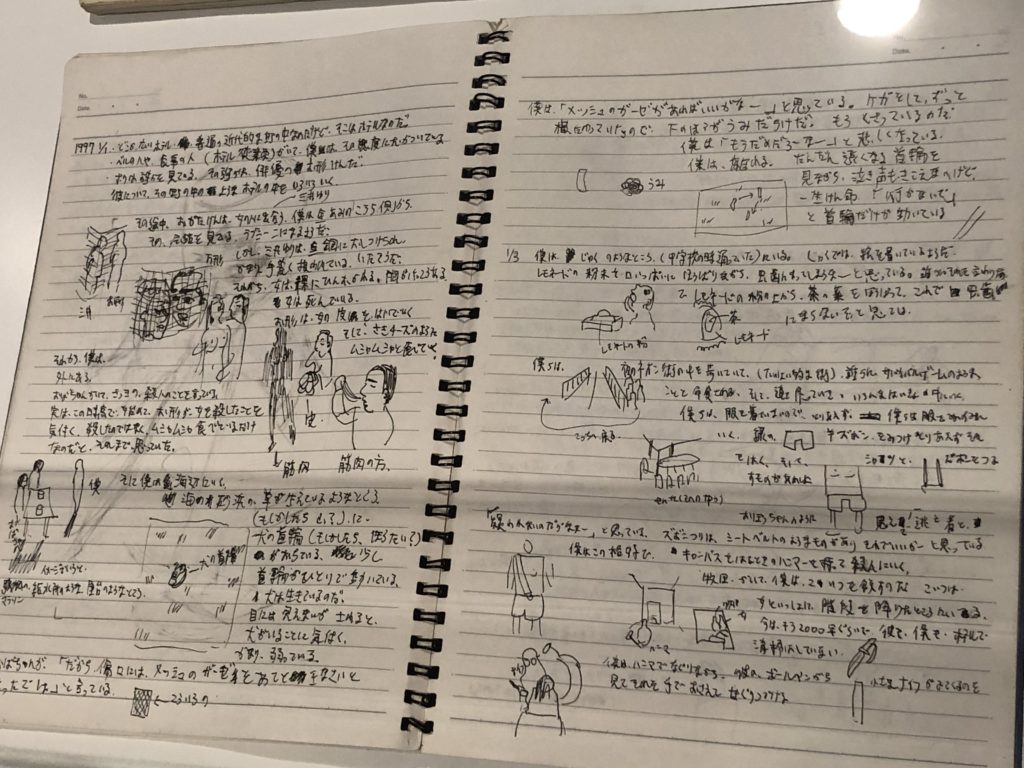Tamara Latham-Sprinkle has been a full-time Japanese-English freelance translator for a year. She talks about breaking into the world of translation, different translation associations, getting a masters in translation, and working as an interpreter at a manufacturing company in the latest episode of the How to Japanese Podcast:
- What was your path to Japanese fluency?
- What self-study strategies were effective for you?
- Knowing what you know now, what would you do differently?
- When you visited Japan for the first time how did you feel your Japanese level was?
- At what point did you feel like you were making progress with the language?
- Were you taking Japanese courses or courses in Japanese?
- おくりびと (Departures) (Tamara refers to this as The Cellist)
- Did the university provide any support for writing projects in the Japanese courses?
- What were the college clubs like at a Japanese college and how did you find them?
- How did you make the decision to get a masters in translation?
- What is the language requirement for these programs?
- Do these programs help place students in jobs or give you strategies to find work?
- Was there any advice you got that was particularly helpful or stuck in your mind?
- Which translation associations are you active in?
- How was the transition into full-time freelance translation?
- What was it like to work as an interpreter/translator for a manufacturing company?
- What are of the country were you in and how did the Japanese engineers respond to that part of the country?
- Would you recommend this kind of manufacturing interpretation work to people with some language skills?
- How much work are you doing to improve your Japanese in areas where you are doing translation?
- What was it like interpreting in a courtroom setting?
At the top I talk about how Tamara and I first met (hint: over Twitter) and some of the organizations you can look to connect with if you’re interested in Japan-related events.

